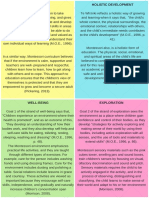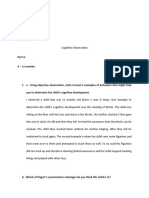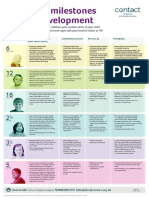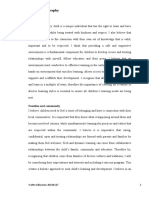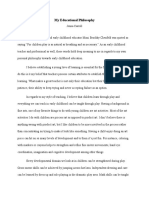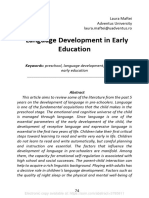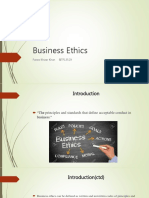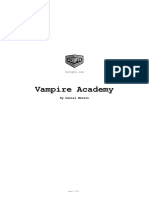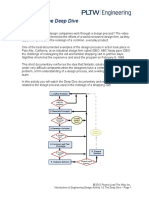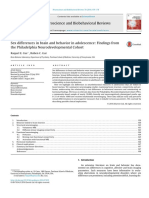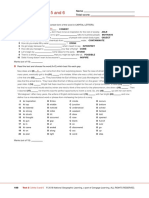0% found this document useful (0 votes)
114 views19 pagesLiteracy and Language: New Developments in Research, Theory, and Practice
Uploaded by
Cecile V. GuanzonCopyright
© © All Rights Reserved
We take content rights seriously. If you suspect this is your content, claim it here.
Available Formats
Download as DOCX, PDF, TXT or read online on Scribd
0% found this document useful (0 votes)
114 views19 pagesLiteracy and Language: New Developments in Research, Theory, and Practice
Uploaded by
Cecile V. GuanzonCopyright
© © All Rights Reserved
We take content rights seriously. If you suspect this is your content, claim it here.
Available Formats
Download as DOCX, PDF, TXT or read online on Scribd
/ 19








